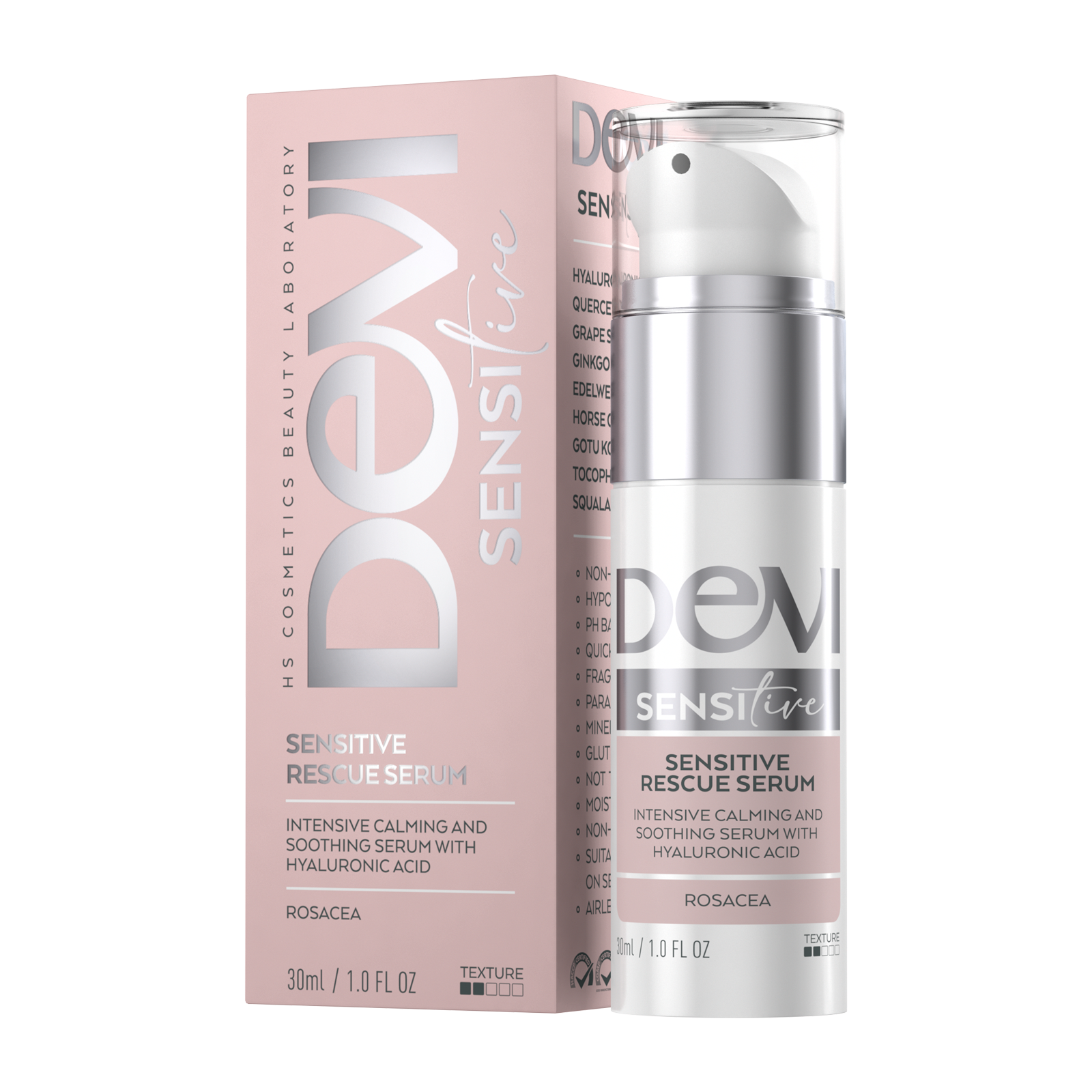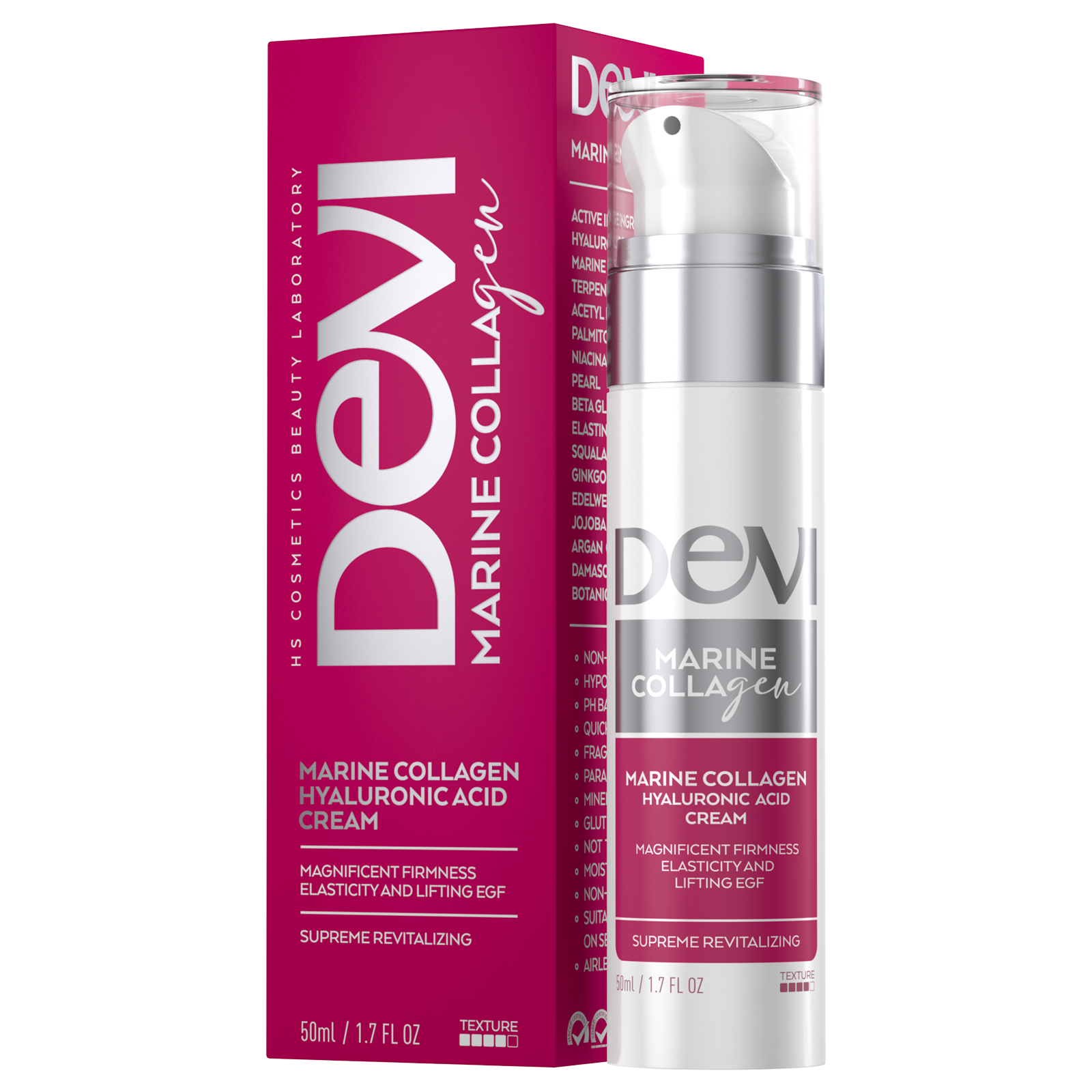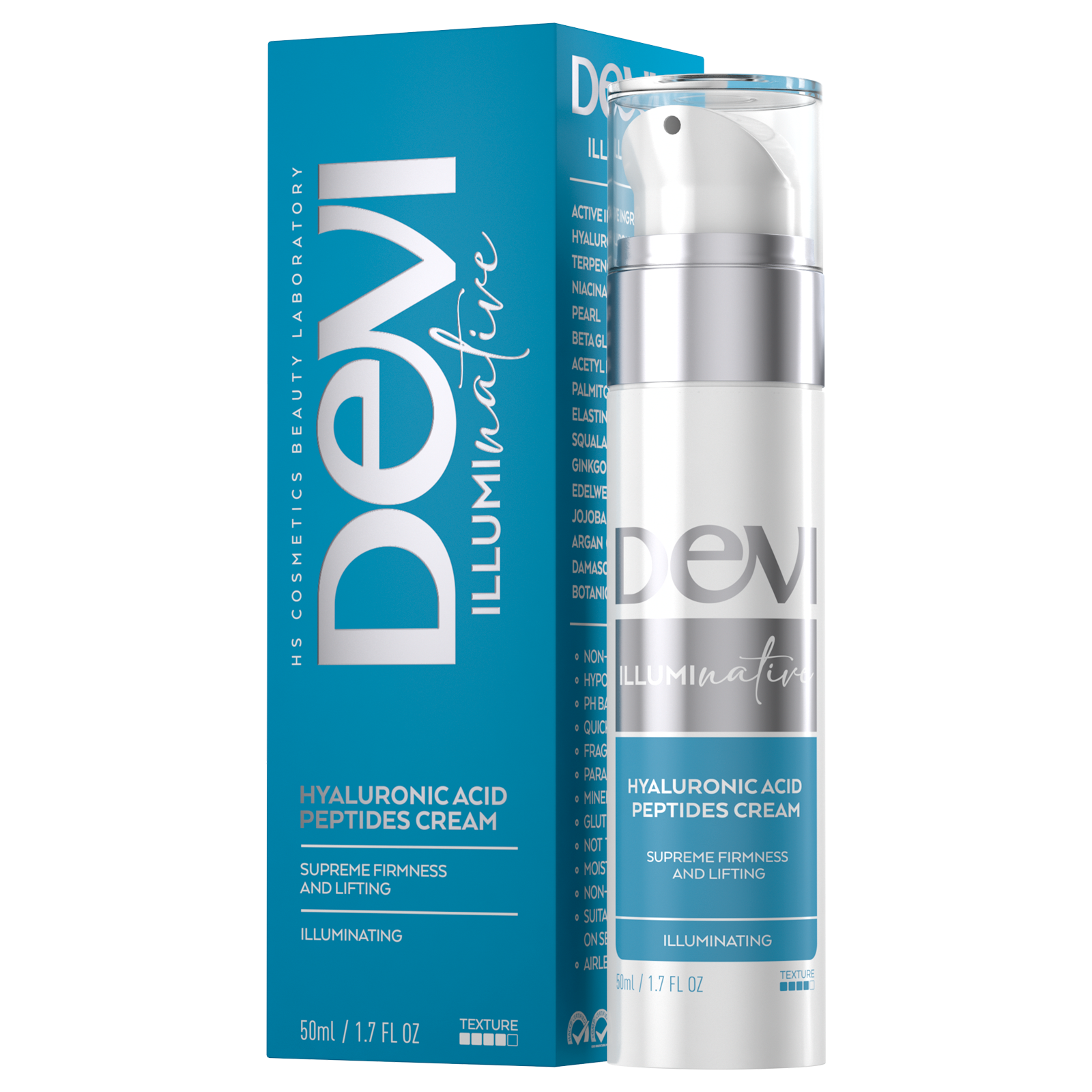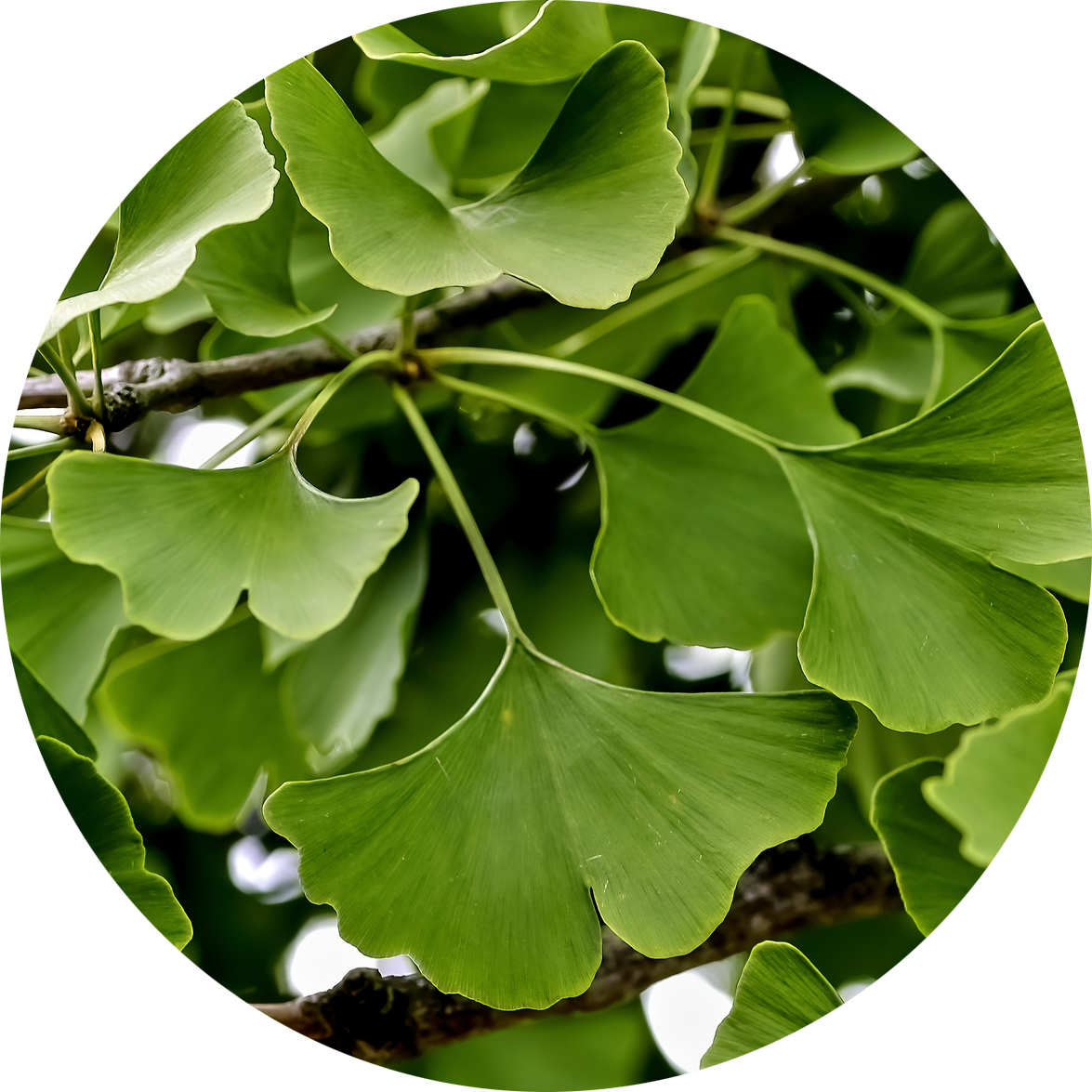(Ginkgo biloba)
If we were to describe ginkgo in brief, we would say – a living fossil. This tree with a beautiful canopy and completely unique leaves existed even when dinosaurs walked the Earth. In the Jurassic period, about 200 million years ago, plants of the Ginkoales order inhabited the massive mainland – the supercontinent of Pangea, from which the continents that exist today emerged. After a mass extinction of the species had occurred, gymnosperms of this order became extinct, and only one survived – Ginkgo biloba. Ginkgo is the only representative of its genus and the Ginkgoaceae family. This tree grows in wilderness only in southeastern China; it is cultivated all over the world and frequently grows in parks. Its name originates from China, from yinguo in Mandarin, which means “silver fruit”. Europeans first encountered ginkgo in Japan at the end of the 17th century after which Carl Linnaeus included it in his Systema Naturae botanical classification. Linnaeus added biloba to its scientific name, from the Latin bis – two and loba – slice, describing the shape of its fan-shaped leaf divided in the middle into two symmetrical parts.
Today, ginkgo leaf is a symbol of the city of Tokyo; when we see it, our most frequent initial association is with health and longevity. That ginkgo is a miraculous tree is confirmed by six gingko trees that survived the atomic bomb in Hiroshima. It has been used in traditional medicine in the East since time immemorial, and modern research continues to make fresh discoveries and ways to use this plant for medical purposes.
LONGEVITY PLANT
No wonder that the plant that survived the mass extinction of the dinosaurs, the atomic bomb, and that is managing to survive in the most polluted places today is definitely a master of survival. What is it that the tree knows and what can we learn from it?
This living fossil is rich in antioxidants, flavonoids and terpenoids (ginkgolides and bilobalides), which successfully neutralise and prevent damage caused by free radicals and thus prevent the most serious diseases, which is why it has earned the title of the plant of longevity. Probably gingko’s most well-known positive effect is on the cardiovascular and cerebral systems. This plant speeds up circulation and has a positive effect on blood vessels, thus protecting the functions of the heart and brain. And when it comes to the brain, ginkgo also has a good reputation for preventing dementia, Alzheimer’s disease and other age-related brain damage. Clinical studies that have dealt with these properties of ginkgo are contradictory, but have not rejected its possible effect. Ginkgo really has a beneficial effect on cognitive functions and leads to improvement in patients with a mild to moderate dementia. Also, ginkgo has shown good results in research trials on possible adjunctive treatment of elderly patients who suffer from depression and anxiety. Its positive effect has also been shown in sexual dysfunction, dizziness, migraines, headaches, tinnitus and even macular degeneration and glaucoma. All these effects are thanks to ginkgo’s ability to regulate circulation, including the finest microcirculation in eye and brain tissues. As its effect on the bloodstream is similar to that of aspirin, it is important to know not to use gingko and aspirin simultaneously.
Another very important effect of ginkgo is anti-inflammatory. As we are witnessing a real epidemic of inflammatory and autoimmune diseases today, ginkgo’s help is valuable in a number of disorders, from arthritis to diseases of the digestive system.
GINKGO AND THE SKIN
Its anti-inflammatory action is also welcome for the treatment of skin disorders, and research has proven this plant’s effectiveness in contact dermatitis. Also, there are indications that ginkgo extract has a positive effect on the prevention of psoriasis thanks to flavonoids and terpenoids. This plant’s effectiveness on psoriasis, eczema, acne, dermatitis and other skin diseases has been proven by the fact that its extract has the ability to inhibit the growth of pathogens such as Cutibacterium acnes, Staphylococcus aureus and Streptococcus pyogenes. Ginkgo has also been shown to be effective in vitiligo research, proving its ability to successfully slow the progression of depigmentation.
Gingko’s skin healing properties have led to the logical conclusion that the plant could have significant applications in both dermatology and cosmetics. Indeed, studies have shown that ginkgo extract successfully improves the skin’s barrier function and its elasticity, which is a basic prerequisite for preventing skin ageing. As the ageing process is responsible for skin drying, changes in skin microrelief and pigmentation, reduced firmness and elasticity (which results in the appearance of wrinkles), gingko’s flavonoids rutin, quercetin and kaempferol, biflavonoids bilobetin and ginkgetin and terpenoids ginkgolides and bilobalides display strong antioxidant and anti-inflammatory action, stimulate fibroblast proliferation and production of collagen and extracellular fibronectin. It has been proven to protect keratinocytes from oxidative stress by stimulating the antioxidant response, resulting in skin regeneration, good moisture and elasticity. Ginkgo has therefore gained a significant place in anti-age cosmetics. Studies have confirmed that preparations based on ginkgo extract improve skin moisture by over 27 per cent, which has a beneficial effect on the smooth appearance of the skin and the reduction of imperfections and wrinkles.
For all these reasons, ginkgo has found its special place in Devi cosmetics. In Marine Collagen Intensive Cream, it contributes to the revitalisation of the skin and its moisturisation, slows down the ageing process, prevents the appearance of wrinkles, but also strengthens the skin’s immunity with its strong antioxidant effect. In Illuminative Cream, it similarly contributes to complexion lightening and to achieving a velvety, elastic and youthful skin, while in Sensitive Rescue Serum its healing effects come to the fore: it reduces redness, soothes inflammation and thus contributes to an even wrinkle-free complexion, and helps sensitive skin to fend off the negative influences coming from outside, including pollution to which we are increasingly and inevitably exposed.
Dinosaurs used to graze on it in the distant past and today this living fossil gives us health, beauty and longevity; in summertime it provides us with lush shade and plenty of oxygen. We cannot wish for more than that.




